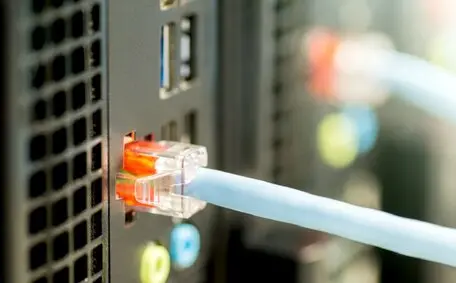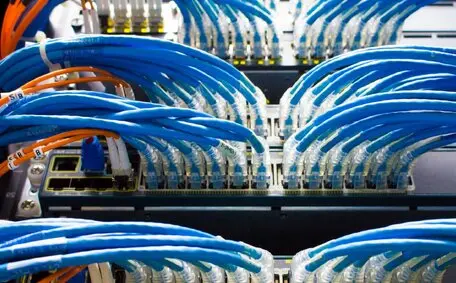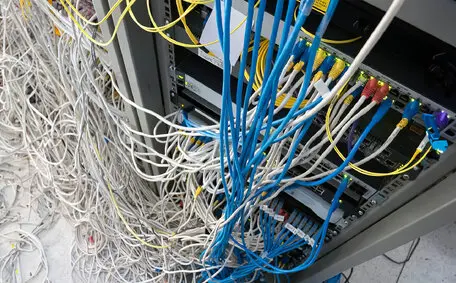
Best Practices for Data Point and Cabling Management
Discover expert tips for data point and cabling management to enhance network performance and maintain a clean setup.
Read MoreThese days, as businesses increasingly rely on data to make key decisions, setting up data points correctly is more important than ever. It’s not just about speed, but ensuring reliability and accuracy too.
As businesses and organisations increasingly rely on data to steer their strategies and operations, the quality and accuracy of the collected information become pivotal in generating valuable insights.
In this post, we’ll delve into why getting data point installation right matters so much. It’s about keeping your data spot-on for analytics, maintaining integrity, and making sure you’re making decisions based on facts.
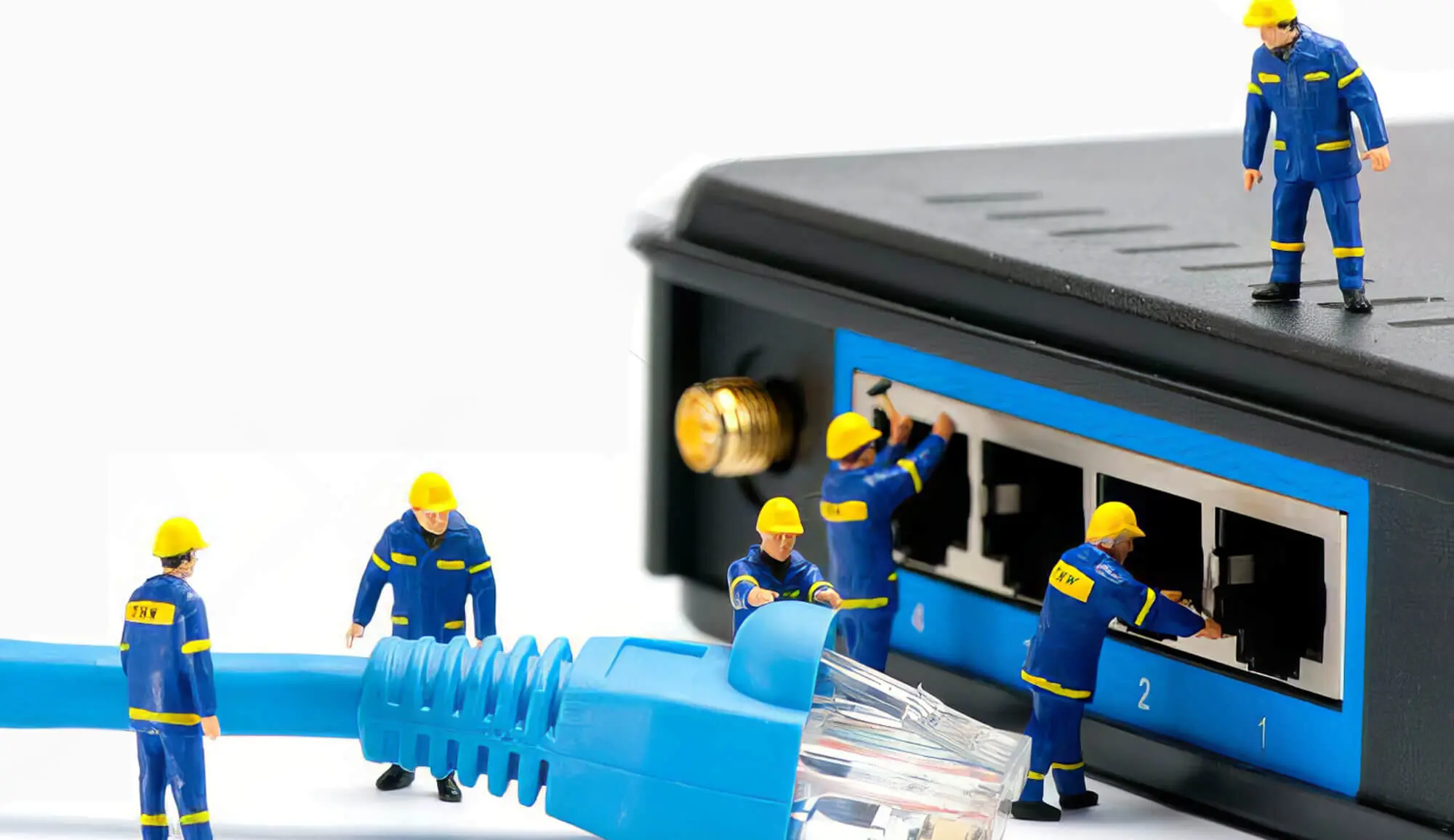
Data point installation in the context of electricity refers to setting up specific access points or outlets to transfer data and information over an electrical network.
These data points are the connection interface for various electronic devices, such as computers, laptops, routers, or other network-enabled equipment.
Whether at home or in the office, data point installations are key to ensuring fast and reliable network communications. They’re critical to keeping everything running smoothly.
To ensure seamless data transmission, These installations typically involve structured cabling systems, including Ethernet cables, coaxial cables, and fibre optics.
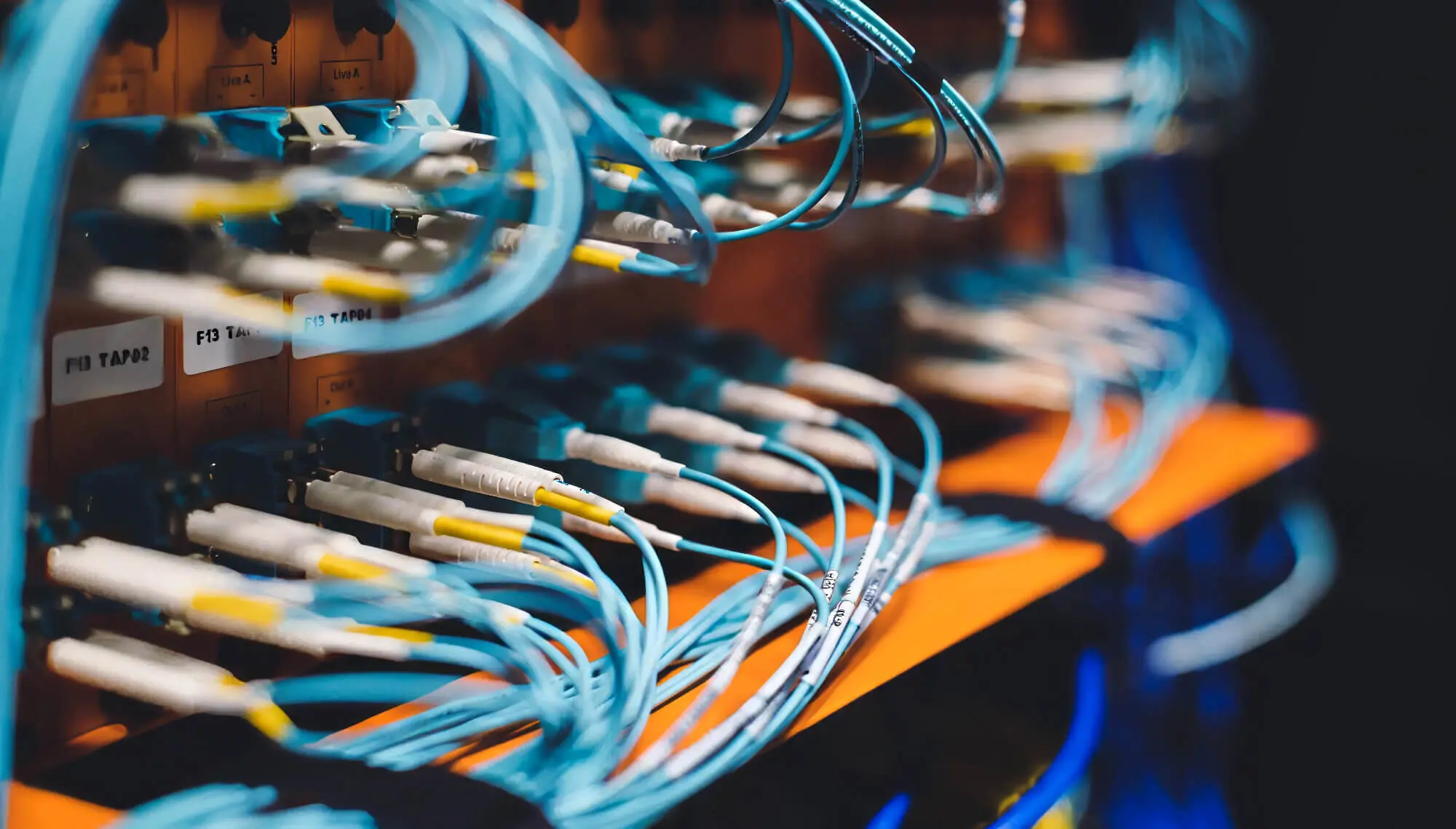
Data point installation supports the growing demand for network connectivity in modern homes and businesses.
It enables the establishment of Local Area Networks (LANs) and Wide Area Networks (WANs), facilitating internet access, file sharing, video conferencing, and other data-intensive tasks.
Electricians or network specialists are responsible for carrying out data point installation tasks. They follow industry standards and guidelines to ensure safety, efficiency, and optimal performance.
Depending on the region and application, data point installations may also need to comply with building codes and regulations.
Improper data point installation can significantly affect the functionality and performance of data networks, leading to various issues and disruptions.
When data points aren’t set up correctly, it can lead to network blackouts and serious downtime. These hiccups affect productivity, communication, and access to vital info, impacting everyone from home users to businesses.
Poorly installed data points may prevent data packets from being lost or delayed during transmission. This can lead to slow data transfer rates, causing frustration for users trying to download or upload files, stream videos, or access online services. Incorrectly configured data points can lead to network congestion, especially in high-traffic areas.
Congestion slows down data flow and can result in bottlenecks, making it difficult for users to access resources efficiently.
Inadequate shielding and improper cable management during installation can lead to signal interference and data corruption. This interference can cause data errors and reduce the overall network reliability.
Faulty data point setups can leave your network vulnerable to threats. Gaps in installation might be targeted by hackers, risking unauthorised access to sensitive data or worse, a cyber-attack.
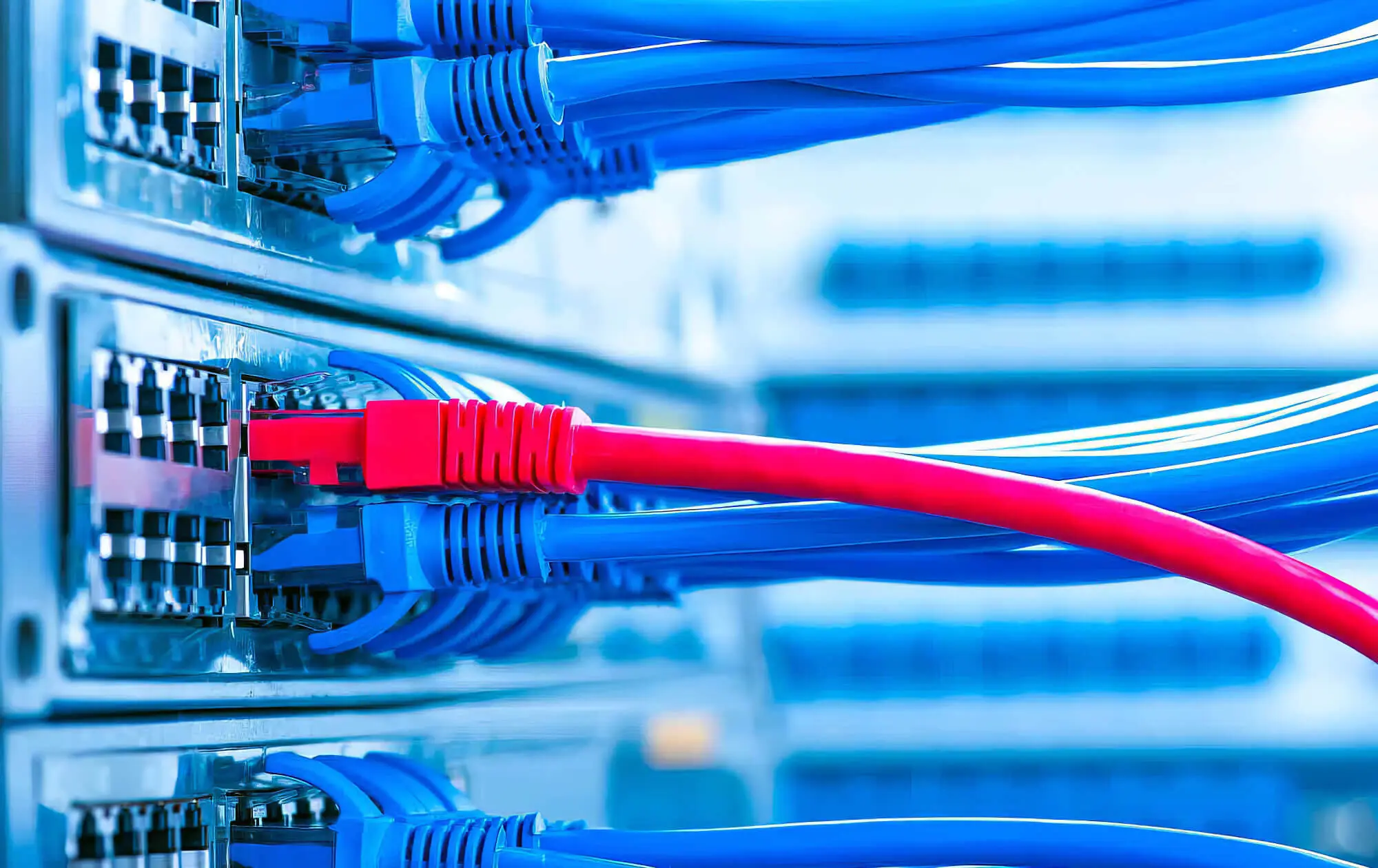
A poorly installed data point system may require frequent troubleshooting and maintenance. The need for constant repairs and reconfiguration can incur additional expenses for businesses and homeowners.
Not correctly installed and maintained data points may contribute to data loss or corruption. Unreliable connections can lead to incomplete data transfers and data integrity issues. Moreover, incorrect data point installation may result in non-compliance with industry standards and regulations.
Failure to meet these standards can have legal implications and lead to fines or penalties.
Proper data point installation is crucial for establishing a robust and efficient data network. By following best practices and guidelines, you can ensure a reliable and seamless data communication system.
Here are some essential steps to ensure proper data point installation:
Engage Qualified Professionals: Hire experienced and certified electricians or network specialists to handle the data point installation.
Plan and Design the Network: Carefully plan and design the data network layout before installation.
Choose Quality Materials: Invest in high-quality data cables, connectors, and other network components.
Comply with Building Codes: Ensure the data point installation complies with local building codes and regulations.
Perform Site Surveys: Conduct site surveys to identify potential challenges and opportunities for the installation.
Proper Cable Management: Practice organised cable management during the installation to avoid tangles and reduce signal interference.
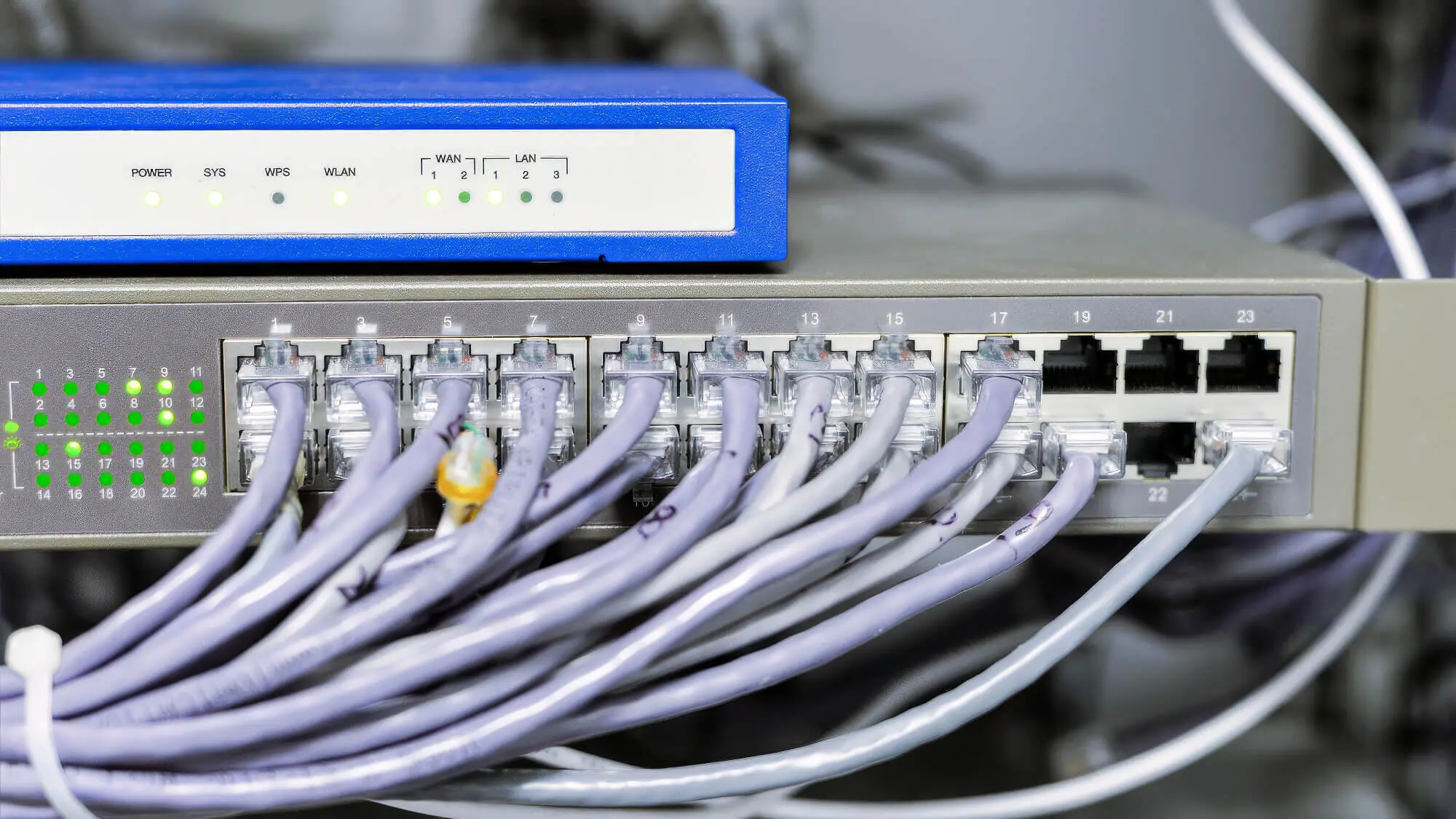
Network Check-up: Once everything’s in place, give the network a proper test drive to make sure all data points are firing on all cylinders.
Implement Security Measures: Integrate security features like firewalls and encryption to protect the data network from potential threats.
Label and Document Connections: Properly label each data point and document the installation details.
Regular Maintenance and Updates: Establish a routine maintenance schedule to keep the data network in optimal condition.
Employee Training: If the data network is for business use, train employees to use it efficiently and responsibly.
Monitor Performance: Implement real-time network monitoring tools to track data usage, performance metrics, and potential issues.
When considering data point installation, individuals and businesses often choose between doing it themselves (DIY) or hiring professional services. Both options have their merits and drawbacks, and the decision should be based on technical expertise, budget, and the complexity of the installation.
DIY installation can be cheaper, as you won’t incur labour costs associated with hiring professionals. You have complete control over the installation process and can customise it according to your preferences.
Installing data points yourself can be a valuable learning experience, especially for tech-savvy individuals interested in networking.
Data point installation requires specialised knowledge and skills. Without prior experience, you may encounter difficulties, leading to mistakes and suboptimal performance.
DIY installation can take significantly longer, especially if you’re unfamiliar with the process. Inadequate installation can lead to network issues, data loss, or even damage to equipment.
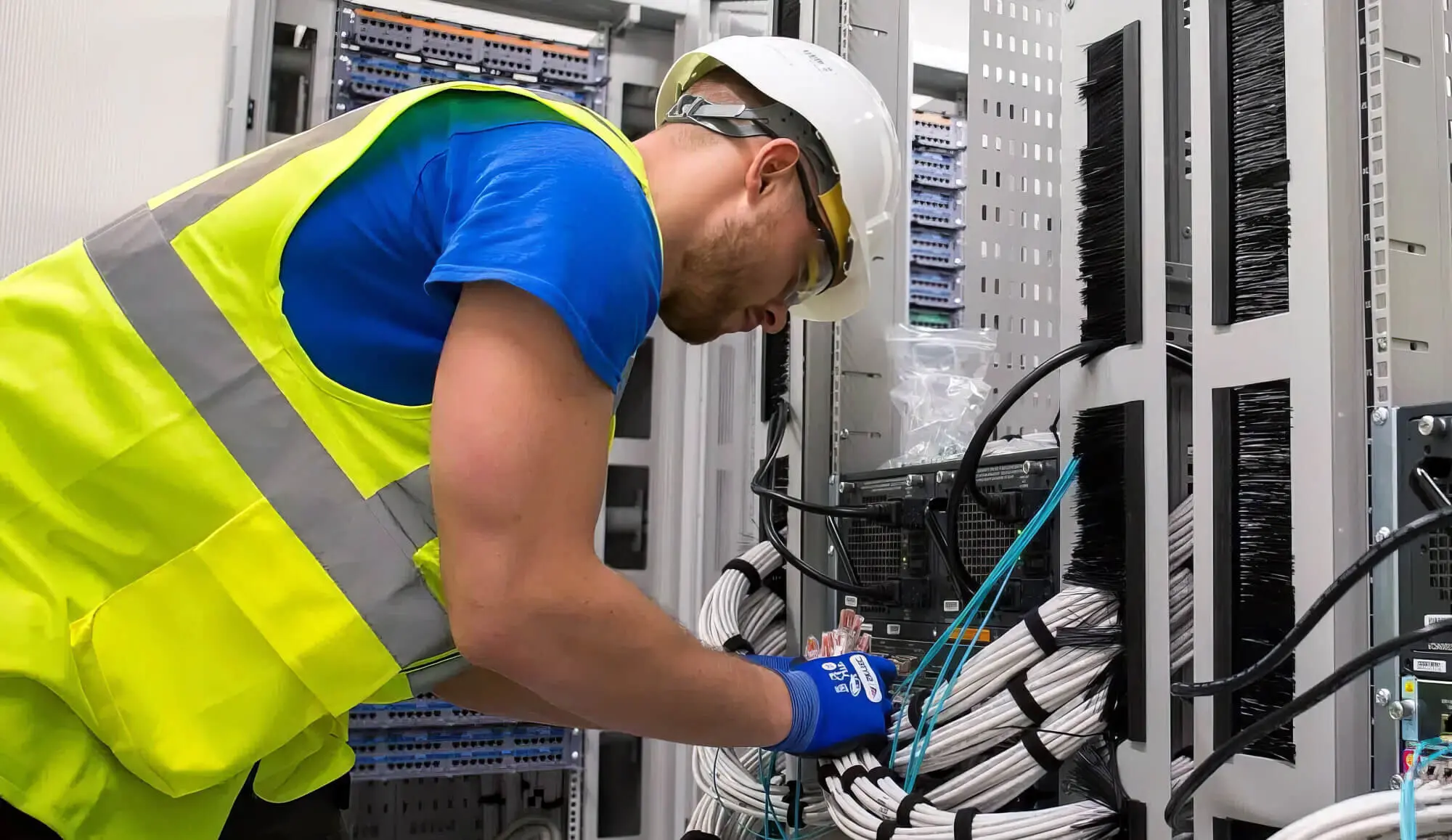
Professionals have the necessary skills and experience to install data points correctly and efficiently. Hiring professionals saves you time, as they can complete the installation quickly and effectively. With professionals, you can expect higher quality, reliability, and adherence to industry standards.
Professionals minimise the risk of errors and ensure proper cable management, reducing potential signal interference.
Hiring professionals for data point installation involves additional expenses for labour and service fees. You might have limited control over the installation process compared to DIY, as you rely on the expertise of the hired professionals.
You must coordinate with the service provider’s schedule, which may only sometimes align with your preferred timing.
Proper data point installation in electricity is a technical necessity and a foundational element that empowers our modern digital lives.
As we increasingly rely on data networks for communication, productivity, entertainment, and critical services, the significance of seamless and efficient data transmission cannot be overstated.
A well-executed data point installation ensures reliable network connections, leading to uninterrupted internet access, smooth communication, and optimal electronic device performance.
It plays a pivotal role in supporting business growth, facilitating remote work, and enhancing the overall quality of life in the digital age.
While DIY installations might appeal to some, the expertise and experience of professional installers bring added assurance of compliance with industry standards, reduced risk of errors, and faster completion.
The investment in professional services pales in comparison to the long-term benefits of a stable and secure data network.
For professional data point installation services you can trust, we recommend contacting Bright Force Electrical. With their expertise, experience, and commitment to data quality, they can help you navigate the complexities of data management and lay the groundwork for your data-driven success.
Did you enjoy reading our article “Importance of Proper Data Point Installation”? We have many related articles you may also be interested in reading, like the below:
Discover expert tips for data point and cabling management to enhance network performance and maintain a clean setup.
Read MoreReady to get connected? Unravel the complexities of data point cabling and make informed decisions for your network infrastructure. Explore the various cabling options, from fibre optic to Ethernet, to optimise data connectivity.
Read MoreWant to connect your home or business? In this beginner’s guide, we’ll delve into the world of data points and cabling, providing you with the essential knowledge to understand and work with these important components of modern technology.
Read MoreWe will call back as soon as possible.
